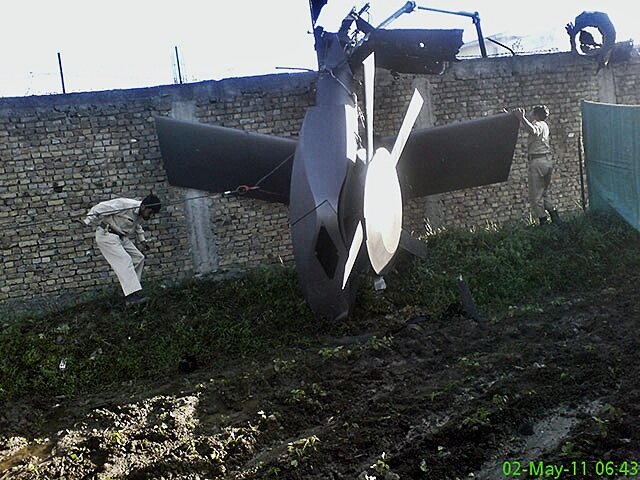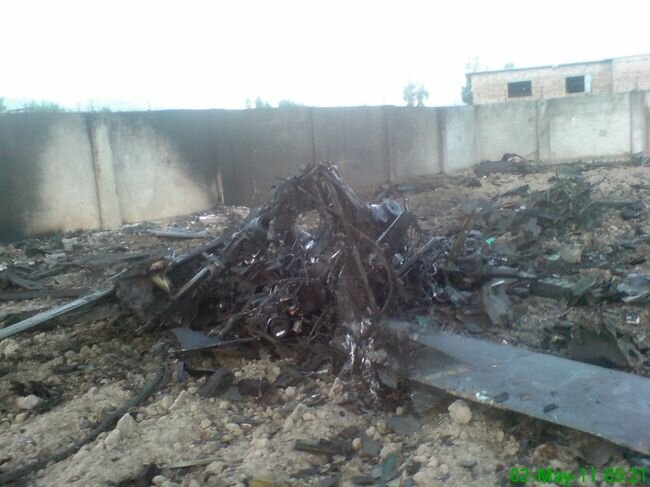Has anything surfaced lately? It is a wild wild shot but wondering with regard to the ongoing Russian invasion of Ukraine, have seen an increase in United States Army Aviation assets between Poland, Lithuania, Latvia on FR24 or adsb exchange such as:
- Sikorsky UH-60M Blackhawks (either locally 12th Combat Aviation Brigade based in Germany or the forward deployed likes of 82nd Abn Div 18th Aviation Brigade et al )
- Fixed wing RC-12 (ELINT / SIGINT) Guardrail or ISR Super King Air 200
But the piece de la resistance 3 weeks ago a local enthusiast and professional photographer Dalibor Ankovic (owner of DA Photography) outside Ramstein AFB snapped pair of Nightstalker MH-47G (without AAR) probe landing at the base.
Log into Facebook to start sharing and connecting with your friends, family, and people you know.

www.facebook.com
Cheers
I would be suprised if the SSSSHHH-Hawks are in Europe as I’m pretty sure there are no American boots on the ground in Ukraine, apart from military advisors and intelligence liasons (who are doing an incredible job by the way).
It wouldn’t be impossible if some are kept on standby, but still unlikely I believe. You might as well keep ‘m ready for immediate loading stateside as it’s much, much more secure.
Also, unless they want to drop some guys into Moscow, there’s not really an operational need for the SSSSHH-Hawks as the ‘regular’ Black Hawks can probably do the same job with much lower risk. The fact that Ukraine can penetrate into Russia with their drones proves you don’t really need something very exotic.
The most important thing to consider are the political consequences; if US soldiers were caught operating against the Russians that would be seen as an act of war, and rightfully so. The risk/reward ratio probably isn’t worth it.
Regardless of the above: at this point I’m very skeptical whether they are still operational or not. Actually, they never really were operational. We know with relative certainty that the SSSSHHHH-Hawks were taken out of storage specifically for the Bin Laden operation, and while the mission was a succes, we all know what happened to one of the helicopters… so I wouldn’t be surprised if they put them back into storage or maybe even buried them around Groom Lake (apart from the surviving helo from Operation Geronimo to hopefully be put on display one day).
I’ve also said that I believe the SSHHHH-Hawks weren’t very stealthy, but mostly very quiet. I would be surprised if there aren’t some upgrades/conversions available today for normal Black Hawks which more or less have the same effect.
So, no Stealth Hawks in Europe I believe (but I hope I’m wrong!)
Now, if someone would photograph an RQ-170 or maybe even a RQ-180 flying around Europe that would be very, very interesting indeed…








